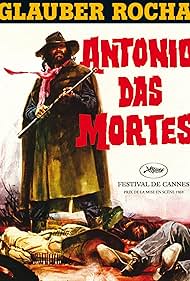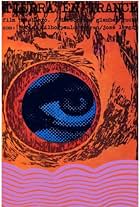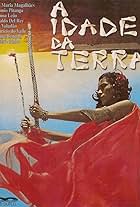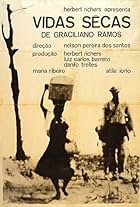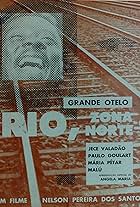Antonio das Mortes is a great example to understand Brazilian 'Cinema Novo', but also, to understand the complexity of social relations in the country, specifically in the northeastern region -- Brazil's poorest desertic region.
Three groups of people are presented to the viewer. The 'Coronel' is the one who owns the land and controls the local authorities. The medium classes are represented by the 'Doctor', the 'Teacher' and the Catholic church -- all of them responsible for mantaining the structures of power that allow unequality to perpetuate. Lastly, the miserable people, who are led by the 'Cangaceiro' and the 'Santa' and are represented mostly by women of color, who lean on faith and popular culture to unite against poverty and starvation.
The language, as in most of 'Cinema Novo' films, is overly artistic, caricatured and very little realistic at times. Theatrical acting and visual poetry are resources to tell the narrative of the film, and they do well, but sometimes the scenes are very disconnected from human logicality -- at times, the characters are simply unreasonable. Nonetheless, that is exactly how it is supposed to be. This movie is art by art, with a social narrative that fits perfectly in the times where unequality grew the most in Brazilian history. At the end of the day, the killers and the martyrs were all the same -- people.
